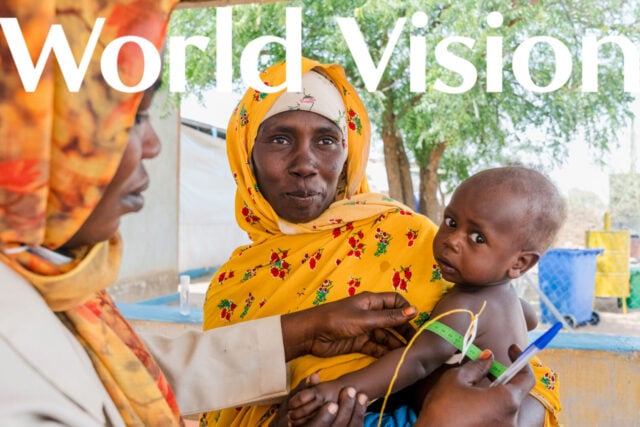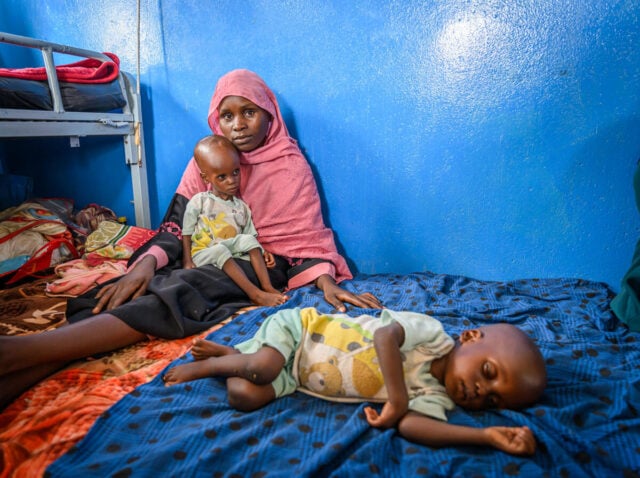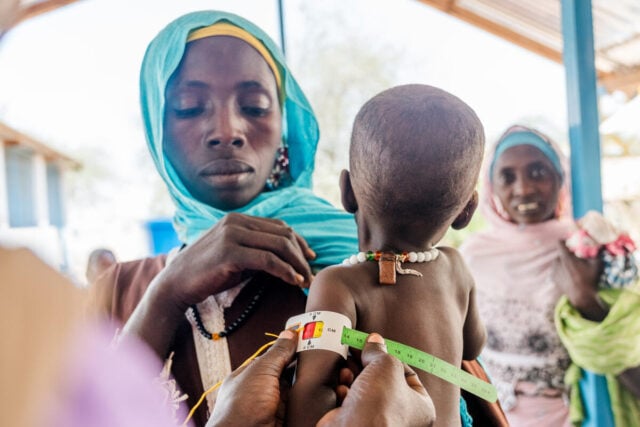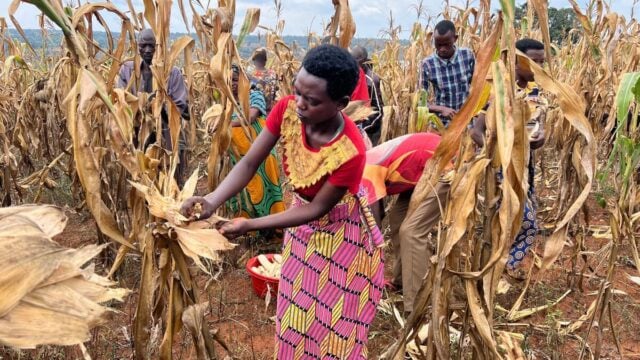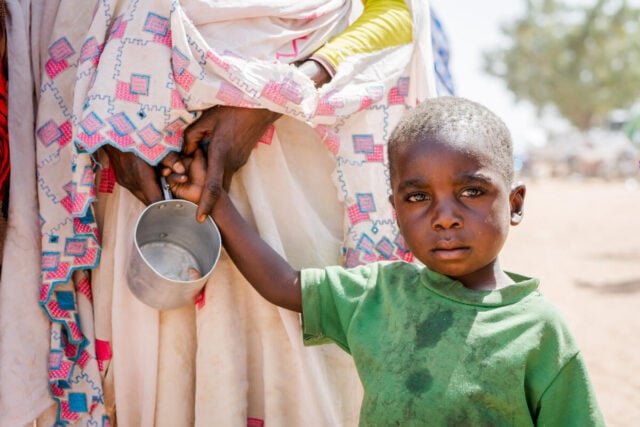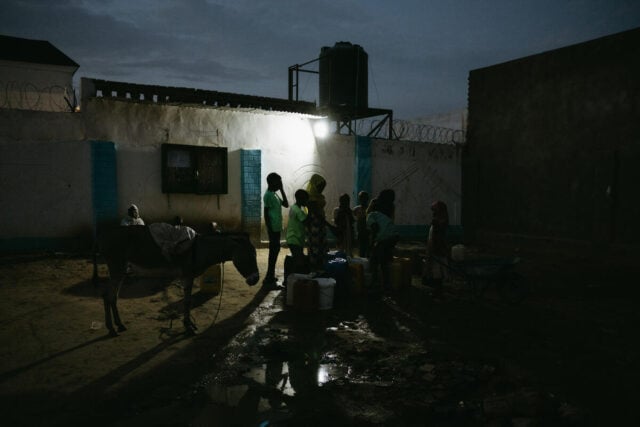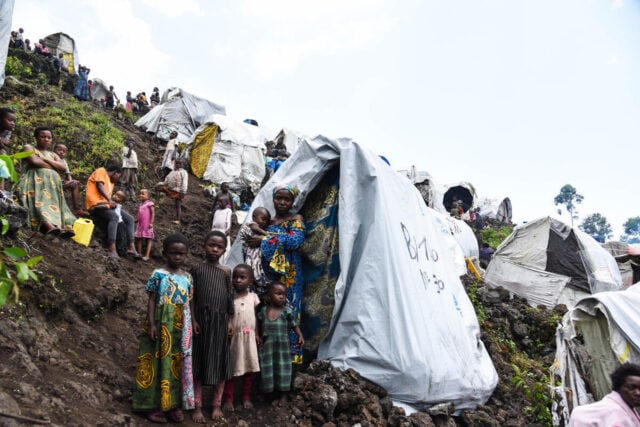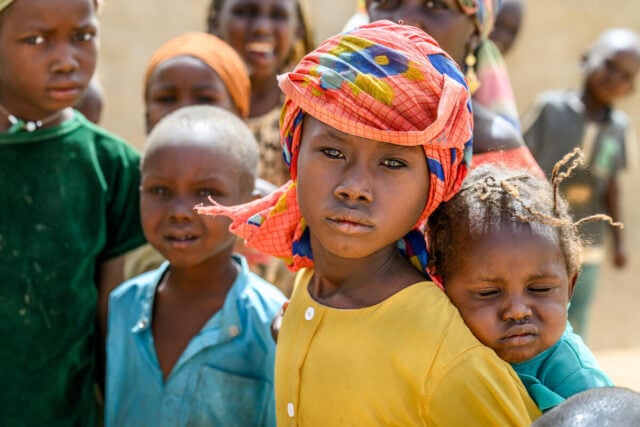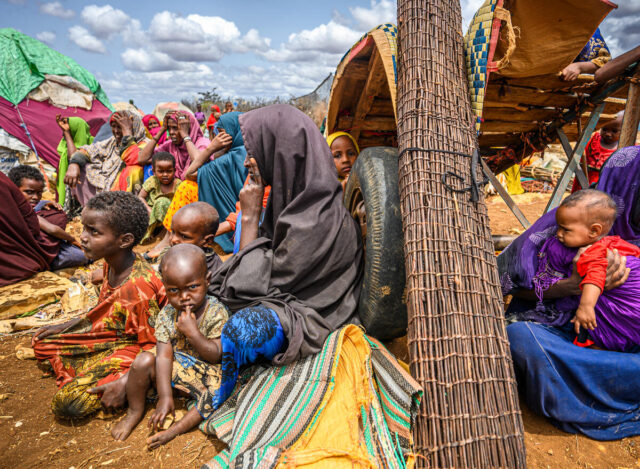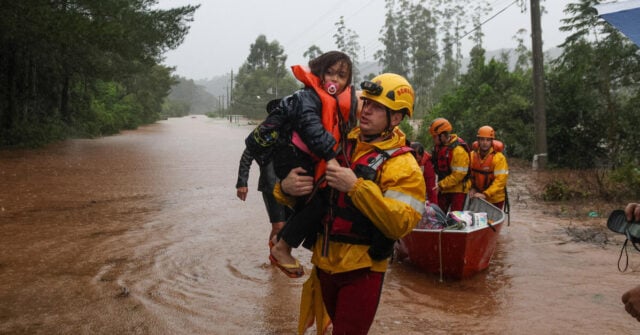Through our new digital magazine, we invite you to explore real stories of transformation, resilience, and hope — to meet a mother holding onto hope after her child’s recovery from malnutrition, a family navigating childbirth without access to clean water, a teacher shaping new beginnings in her childhood classroom, and more. Follow the links to dive deeper into these journeys — and witness how love and perseverance are transforming futures.
News & Stories
Malnutrition
World Refugee Day: The struggle of displaced mothers and their families
On this World Refugee Day, World Vision honors the 43.7 million people who are forcibly displaced from their communities — many are mothers and children. Learn of efforts to provide safety, food, and hope to those fleeing conflict and crisis.
Africa hunger crisis: Facts, FAQs, and how to help
Millions of people across Africa are facing severe hunger. This food insecurity crisis is driven by a combination of factors, including conflicts, extreme weather events, economic instability, and the lingering effects of the COVID-19 pandemic. Learn what’s causing Africa’s hunger crisis and how you can help children and families in need.
5 worst spots for hunger
This World Food Day, learn how hunger affects 811 million people globally. Learn about the 5 worst places for food insecurity and hunger, see how World Vision is making a difference, and find out how you can help children and families in need in 2025.
Global hunger: 7 facts you need to know
Up to 757 million people — 1 in 11 of the world’s population — face chronic hunger. Explore key facts about the challenging issues of global hunger and food insecurity. Learn about World Vision’s role in tackling world hunger and how you can help on this World Food Day.
Sudan’s displaced children: Young refugees flee to Chad, many without families
The conflict in Sudan has left millions of children displaced, many without their families. Fleeing to Chad and other neighboring countries, young survivors face grueling journeys and emotional trauma. Learn how World Vision and local host families in Chad are supporting impacted children and how critical aid is helping them navigate life in refugee camps.
DRC conflict: Facts, FAQs, and how to help
A recent surge in violence in the Democratic Republic of the Congo (DRC) threatens the lives of millions of children who are already suffering from hunger, disease outbreaks, natural disasters, and poverty. Learn more about the DRC’s conflict and current situation and about World Vision’s response to help impacted children and families.
Sudan crisis: Stories of survival, hope, and relief
View stories, videos, and updates about the Sudan crisis and World Vision’s response — compiled in one place. Explore the unfolding crisis in Sudan, view survivors’ stories, and learn how World Vision is delivering lifesaving aid to affected communities in the region.
10 of the top disasters of 2023
In 2023, World Vision responded to 78 disasters in 59 countries, helping more than 35.8 million people with relief aid they needed to survive. Learn more about some of the top disasters of 2023. In the United States alone, our programs also supported over 93,700 people during 15 emergencies.
11 top disasters of 2024
In 2024, tens of millions of people worldwide faced extreme challenges. Floods devastated communities, landslides destroyed villages, and wars and conflict exacerbated suffering, hunger, and poverty. Learn about the top disasters, their global impact, and how World Vision is making a difference in vulnerable communities.
